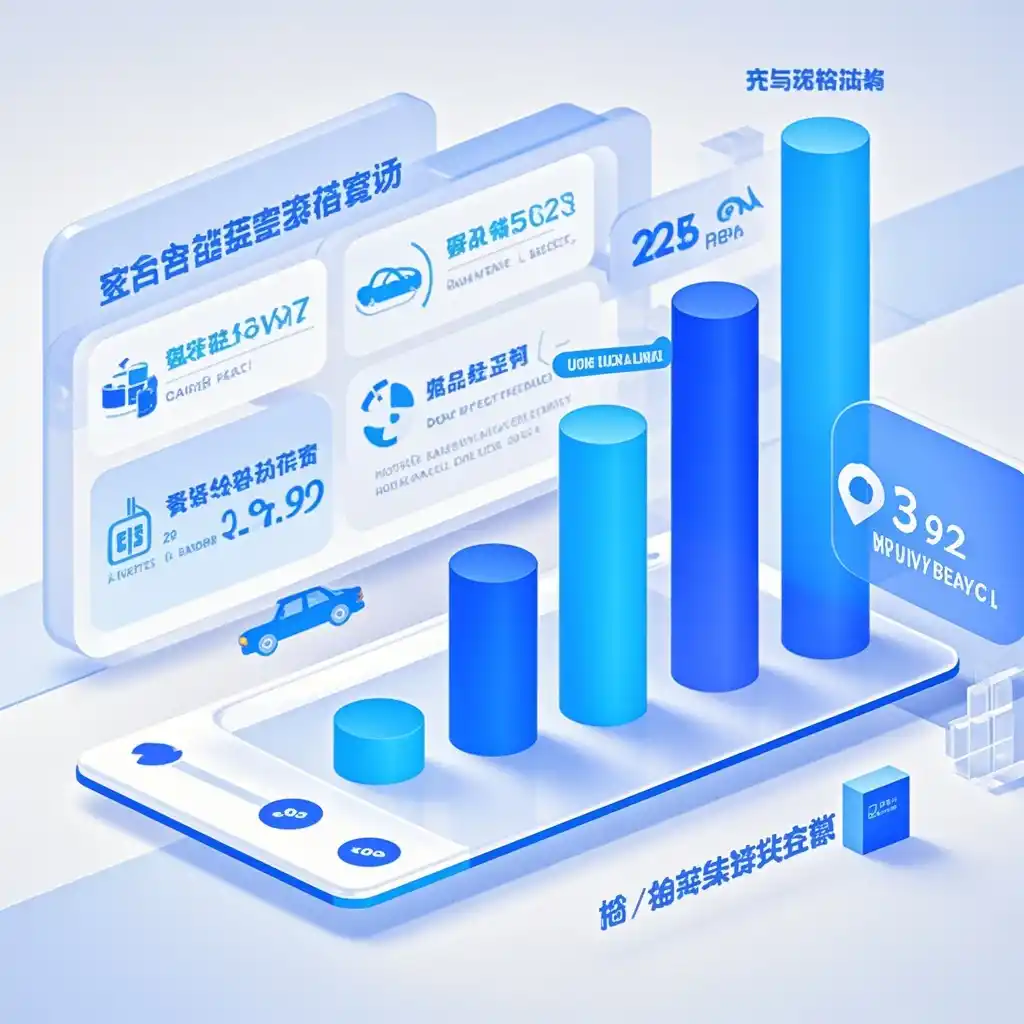

Background
In the global trade landscape, the automotive industry is a significant player. Auto - parts e - commerce has been on the rise in recent years, offering convenience and a wide range of options for both consumers and businesses. However, the increase in tariffs on intermediate goods such as auto - parts has added a new layer of complexity. For example, in some regions, tariffs on auto - parts have increased by as much as 25% in the past few years. This increase is often due to various factors, including trade protectionist policies and efforts to boost domestic manufacturing.
The Impact of Tariff Increases on Auto - Parts E - commerce
1. Price Increase
The most obvious impact is on the price. With higher tariffs, the cost of importing auto - parts has gone up. According to a recent study, for a typical mid - range auto - part, the price can increase by approximately 15 - 20% due to tariff hikes. This price increase is then passed on to the consumers in the e - commerce market. As a result, consumers may become more hesitant to make purchases, leading to a decline in sales volume. For instance, some e - commerce platforms dealing with auto - parts have reported a 10 - 15% decrease in sales since the tariff increase.
2. Supply Chain Disruptions
Tariff increases can also disrupt the supply chain. Many e - commerce auto - parts sellers rely on a global network of suppliers. When tariffs change, suppliers may need to re - evaluate their production and distribution strategies. Some suppliers may even stop supplying to certain regions due to unprofitability. A survey of auto - parts suppliers showed that around 30% of them are considering reducing their export volume to regions with high - tariff barriers. This disruption can lead to delays in product availability on e - commerce platforms, further frustrating consumers.
3. Competitive Disadvantage
E - commerce platforms in different regions may face different tariff situations. For example, an e - commerce business in a region with high tariffs may find it difficult to compete with those in regions with lower tariffs or no tariffs at all. This is especially true for cross - border e - commerce. A case study comparing two auto - parts e - commerce companies, one in a high - tariff region and one in a low - tariff region, showed that the company in the high - tariff region had a 20% higher cost base, which significantly affected its market share and profitability.
Alternative Sourcing Strategies
1. Domestic Sourcing
One option is to increase domestic sourcing. In some countries, the domestic auto - parts manufacturing industry has been growing steadily. For example, in Country X, the domestic auto - parts production has increased by 12% in the last year. By sourcing more from domestic suppliers, e - commerce platforms can reduce their exposure to tariff increases. Moreover, domestic sourcing can also lead to shorter lead times and better quality control. However, it should be noted that domestic sourcing may not always be able to meet all the needs, especially for specialized or high - tech auto - parts.
2. Regional Sourcing
Another strategy is regional sourcing. Instead of relying solely on global suppliers, e - commerce platforms can focus on suppliers within a particular region. For instance, in the ASEAN region, there are several countries with competitive auto - parts manufacturing capabilities. By sourcing from these regional suppliers, the impact of tariffs can be mitigated as there may be preferential trade agreements within the region. Data shows that companies that have adopted regional sourcing in the ASEAN region have been able to reduce their tariff - related costs by around 10 - 15%.
3. Vertical Integration
Some e - commerce platforms may consider vertical integration. This means that they invest in or acquire auto - parts manufacturing facilities. Although this requires a significant amount of capital investment, it can provide long - term benefits. For example, an e - commerce company that vertically integrates can have more control over the production process, quality, and cost. A study of companies that have implemented vertical integration in the auto - parts industry found that they were able to reduce their cost by an average of 18% in the long run.
Summary
The increase in tariffs on auto - parts has had a substantial impact on auto - parts e - commerce. It has led to price increases, supply chain disruptions, and competitive disadvantages. However, by adopting alternative sourcing strategies such as domestic sourcing, regional sourcing, and vertical integration, e - commerce platforms can mitigate these effects. Each strategy has its own advantages and challenges, and the choice should be based on the specific situation of the e - commerce business. It is essential for auto - parts e - commerce players to continuously monitor the tariff situation and adapt their sourcing strategies accordingly to remain competitive in the market.